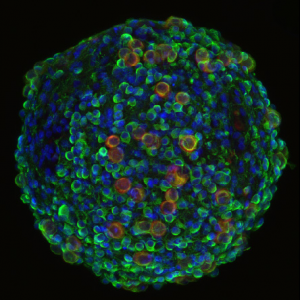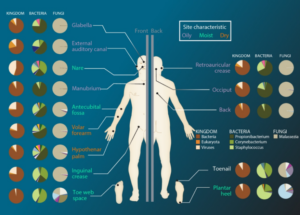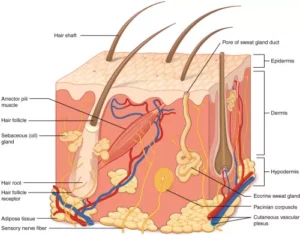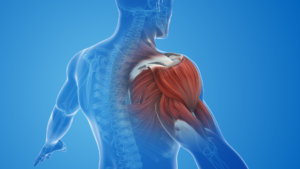Spheroids, as a good universal organ model ?
Recent advances in bioengineering of cells, tissue coupled with the newly identified need of more physiologically relevant model in science (drug development, fundamental research…) have to lead to the development of new cellular culture processes and models.
One of the most used are the so-called spheroids. Whereas spheroids represent a step forward to a more physiologically relevant model compared to monolayer cell cultures, researchers are now questioning the relevance of using spheroids.

How to culture vascularized & immunocompetent 3D models in a standard Multiwell
Are spheroids recapitulating basic physiology of human organs ?
They particularly try to more precisely define what would be the best use and contribution of such a model. Since there are mainly 2 types of spheroids (depending on the way to produce them): agglomerates and “hollow spheroids” (containing a vacuole in the middle), questions relative to their specific usages and relevance are legitimate.
Up to now, spheroids are mainly used in two fields: cancer research (tumorigenicity, drug delivery inside a tumor…) and drug development on healthy tissue.
At a first glance, studying a 3D model might be interesting as we know that architecture plays a crucial role in organs and tumor.
– In a tumor, the cellular growth is concentric resulting in most of the cases to the formation of an aggregate-like structure. In this particular context, spheroids appear to be a highly relevant model since they allow the reconstruction of the tumor physical, mechanical and cellular environment. This is particularly true when cells came from cancer cell lines of cancer biopsy.
– Using “hollow spheroids” to study organs containing acini, like breast, kidney or pancreas might be of interest, but they need to first prove their ability to properly develop a cellular polarity, in order to mimicry the physiology.
– The usage of spheroids (in general) to study healthy tissue is still in a debate since for most of the human organs the functional unit (lobule in the liver, alveoli in lung…) cannot be obtained using such experimental model both in term of complexity, architecture, and functionality.
To conclude, spheroids represent an important advance in biology and medicine, but the physiological relevance of that model need to be addressed prior to establishing an experimental plan. For each question be sure to always use the most suitable model. We posted a longer note related on ” spheroids & physiology of human organs“.
References
More spheroids scientific content and publication here



